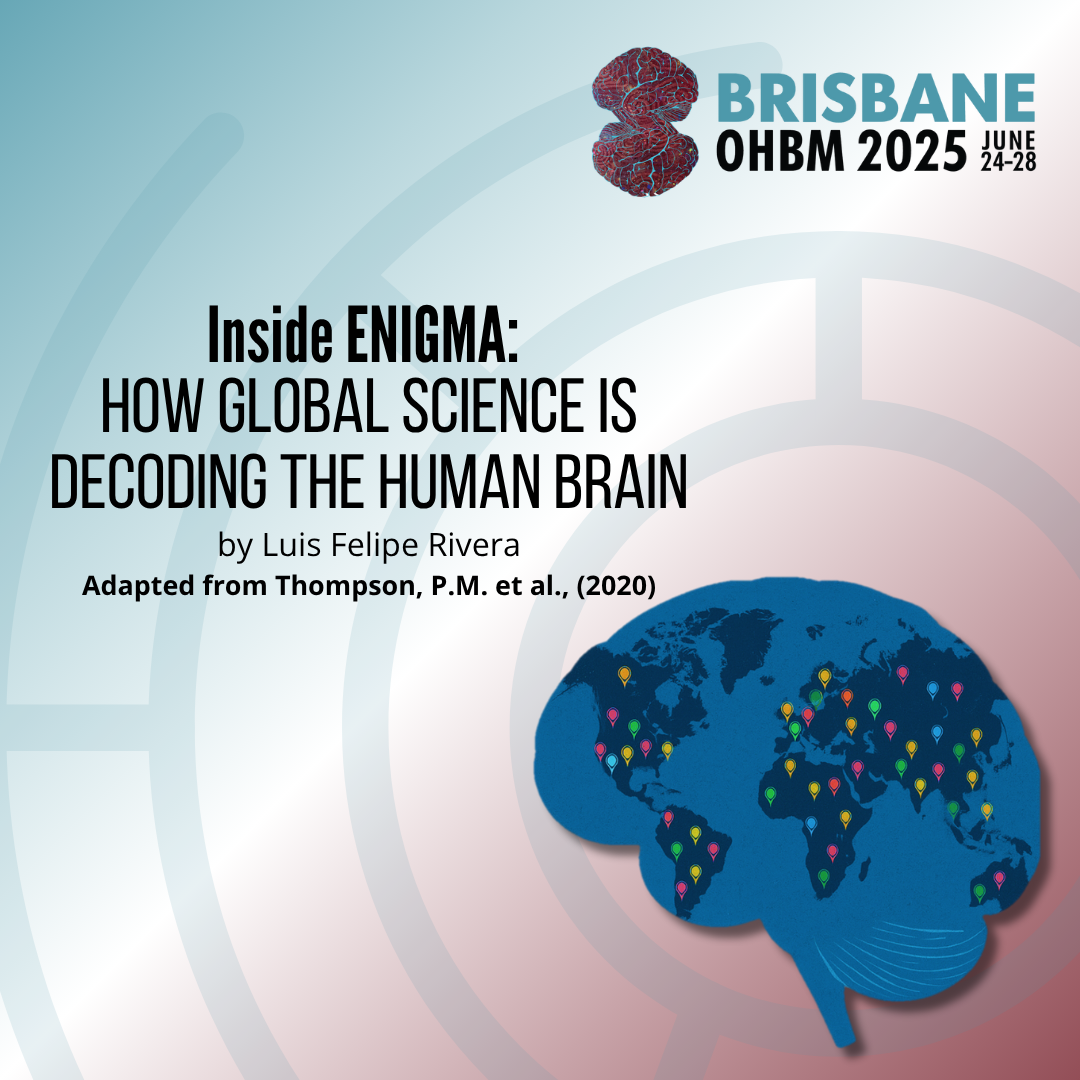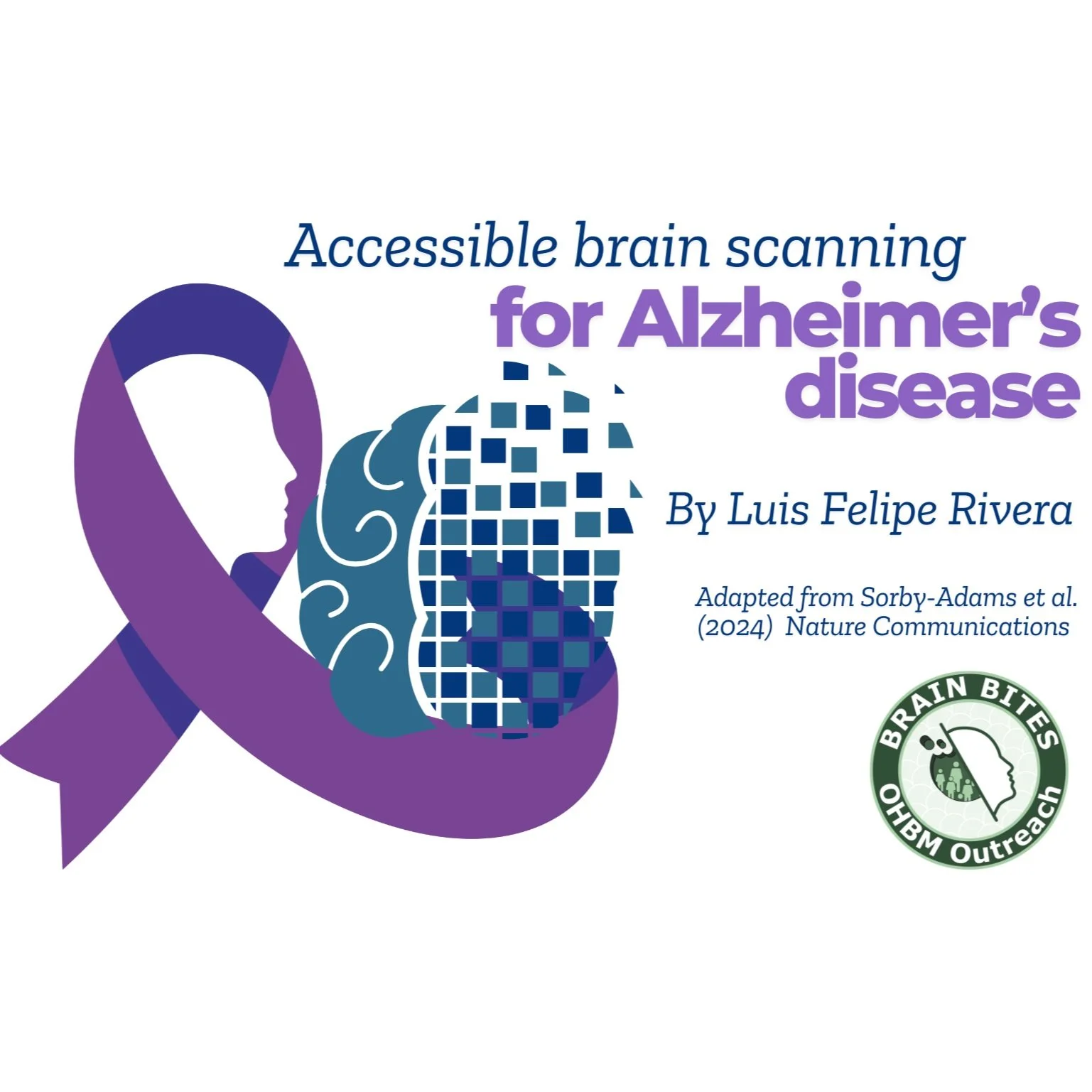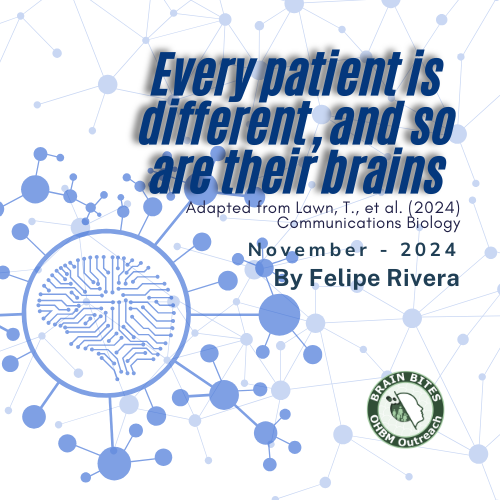
Rewiring Hope: A Custom-Fit Approach to Depression
When you break a bone, it’s easy to point to the problem and where to fix it. With a brain tumor, you need an image of the brain to locate it. Some tumors are harder to remove than others, but it is possible to see exactly where the trouble is. Depression, however, is different. It isn’t caused by something you can see on a scan. Instead, it comes from faulty connections that are spread diffusely throughout the brain. According to a recent study, custom-fit brain stimulation, through a technique known as transcranial direct current stimulation (tDCS) might give doctors a new tool to fine-tune the brain’s wiring.

Keynote series Dr. Paul M. Thompson - Inside ENIGMA: How Global Science Is Decoding the Human Brain
The ENIGMA Consortium is a global neuroscience initiative launched in 2009 that unites over 2,000 scientists across 47 countries to investigate how genetic variation and brain structure relate to neuropsychiatric disorders. By analyzing more than 200,000 brain scans and millions of genetic variants using standardized protocols, ENIGMA has produced the largest MRI studies of conditions like schizophrenia, depression, and autism. Its distributed model allows local data control while enabling large-scale meta- and mega-analyses, revealing subtle genetic influences and setting new standards for reproducibility in neuroscience. Through collaboration, ENIGMA continues to uncover hidden patterns and expand the frontiers of brain research.

Accessible brain scanning for Alzheimer’s disease
Alzheimer’s disease (AD) is the most common cause of dementia in the world and research has been able to identify brain changes associated with the degenerative process of the disease. Moreover, we now know these changes might be observed in brain scans at the onset of the mildest symptoms or even years before. Even though current treatments are limited, one thing has become clear, the sooner treatment is started the more effective it is. The problem is that brain scanning is not as easy – or cheap – as it might sound. Low-field MRI could be an option for disorders like Alzheimer's disease.

Every patient is different, and so are their brains
A recent study published in Communications Biology by Timothy Lawn and colleagues sought to better understand how brain molecular circuits relate to different symptoms in schizophrenia, bipolar disorder, and attention-deficit hyperactivity disorder (ADHD). Treatment for these three conditions relies on modifying how neurons communicate with one another by making changes in the so-called neurotransmitter systems. Hence, the authors chose a neuroimaging approach called Receptor-Enriched Analysis of functional Connectivity by Targets (REACT) to investigate how neurotransmitter systems influence brain connectivity.